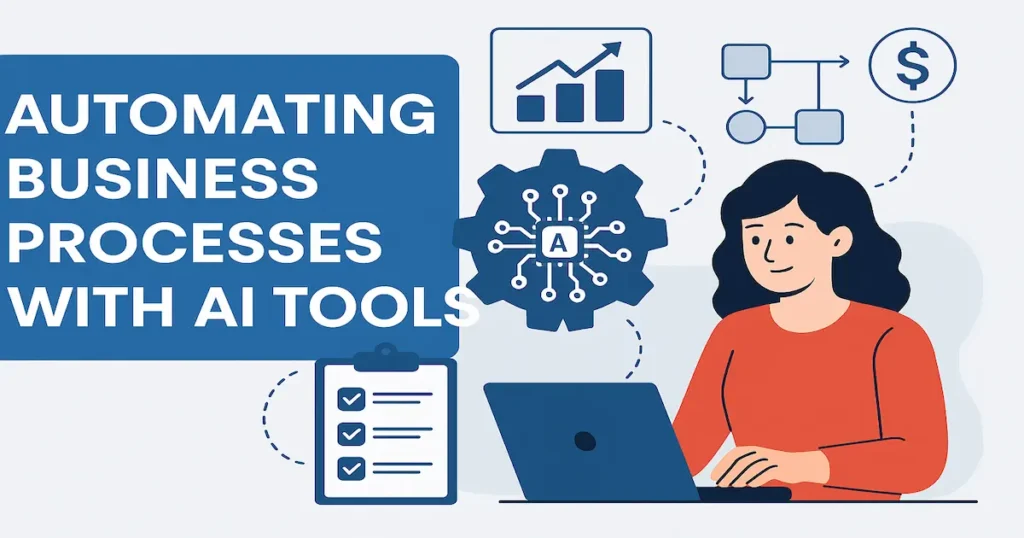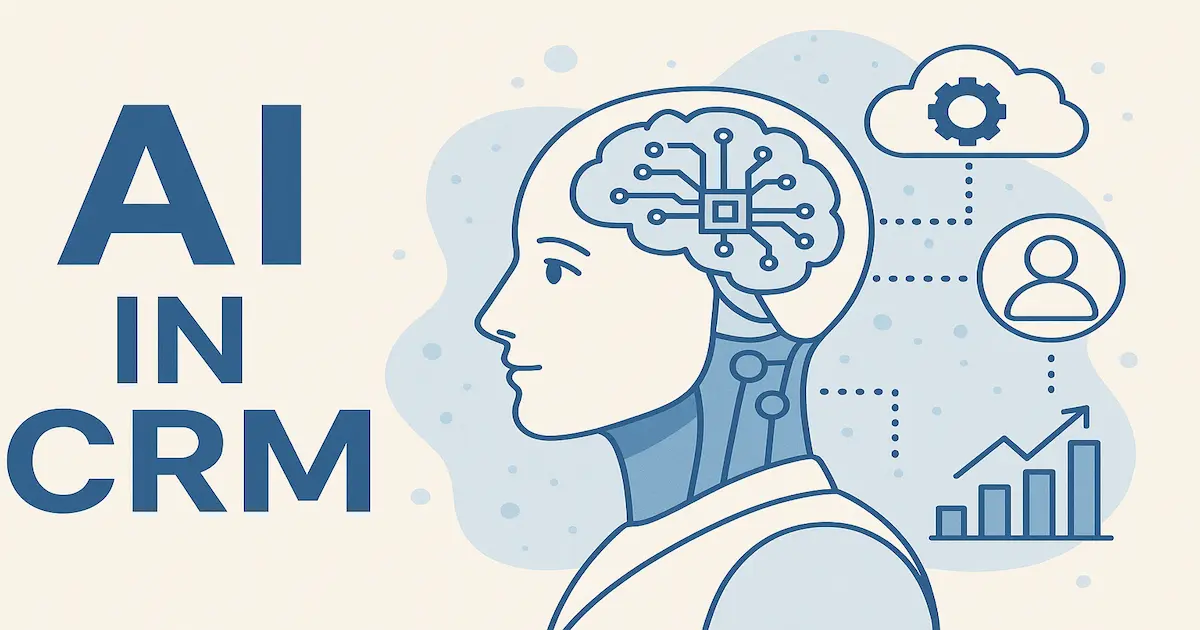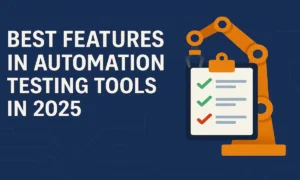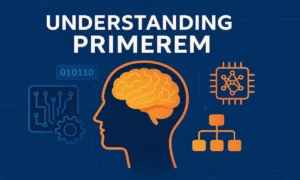The world of business is changing fast. Artificial Intelligence (AI) and predictive analytics software are now helping companies make better decisions, faster. They are not just tools — they are game-changers.
When we talk about how AI predictive analytics works, we are referring to a powerful system that helps companies forecast customer behavior, make accurate predictions, and act in real time.
This means smarter business moves, happy customers, and more profits. In this article, we will explain the entire journey of AI in customer relationship management, from predictive models for customer insights to real-time predictive analytics for business agility.
Whether you’re a small business owner or part of a big company, this post will help you understand how to leverage predictive analytics in business. Lets get started!
Understanding Predictive Analytics and AI in CRM
Predictive analytics software uses machine learning algorithms and past data to forecast future behavior. When combined with AI-driven CRM tools, this technology transforms traditional customer management into a smart, automated system.
This allows businesses to automate business processes with AI, saving time and cutting costs.
For example, a company can now predict when a customer might leave, personalize customer interactions with AI, and improve efficiency using data-driven decisions. These models learn and improve over time, offering more accurate insights each day.
Benefits of AI in Customer Relationship Management
The benefits of AI in CRM are huge. One major benefit is real-time data insights. Businesses can now react quickly instead of waiting weeks for reports.
Another big benefit is the ability to personalize customer experience at scale. Instead of guessing what customers want, AI tells you.
Here’s a quick look at some benefits:
| Benefit | Description |
|---|---|
| CRM automation | Helps reduce manual work, improve response time, and scale support. |
| Sales and lead predictions | AI tools can identify which leads are most likely to convert. |
| Unified customer profiles | Creates complete views of customers by gathering data from multiple places. |
| Customer segmentation | Groups customers by behaviors or preferences to target them better. |
| Forecasting models | Predict what might happen in the future, such as sales trends. |
Building a Data-Driven Strategy with Predictive Analytics
A strong data-driven strategy starts with data quality and governance. This means cleaning your data, organizing it, and making sure it’s accurate.
AI can’t make good decisions with bad data. Once you have strong data, AI tools for sales forecasting can find patterns in it and make useful predictions.
Read More: Channelsyncharma: Transforming Business with Adaptive AI
Deploying AutoML for predictive modeling helps automate this process. AutoML stands for automated machine learning, which means even businesses without deep tech knowledge can use AI.
You can use these tools to:
- Identify trends early
- Discover which products will sell more
- See which marketing campaigns are working
All of this leads to ROI from AI in customer engagement, meaning more profit with less guesswork.
Automating Business Processes with AI Tools

One of the best things about AI is its ability to automate business processes with AI. This includes everything from customer service to email marketing. For example, AI-powered customer service automation can handle thousands of support tickets in minutes using smart chatbots.
Another area is dynamic pricing strategies, where AI adjusts prices based on demand, season, and customer interest. This is often seen in e-commerce and airline websites. It helps increase profits without hurting customer trust.
Also, companies are using CRM transformation with AI tools to cut down costs, improve speed, and deliver better experiences.
Case Studies: Real Companies Using Predictive Analytics Successfully
Let’s take a look at two real-world companies that have successfully used predictive models for customer insights.
Case Study 1: Amazon
Amazon uses AI in marketing strategy to show customers personalized recommendations. This is based on what people have bought, browsed, and liked. They use machine learning algorithms to predict what a user might want next. This increases sales and customer satisfaction.
Case Study 2: Netflix
Netflix uses customer behavior forecasting to recommend shows. It studies viewing history, pauses, rewinds, and skips to understand user preferences. With this data, it creates highly personalized customer experience. As a result, more users keep subscribing.
Both examples prove that using predictive analytics for inventory management, content planning, and engagement works well.
Risk Management and AI: Reducing Errors and Operational Risks
AI is also helping in risk management with AI. It can detect patterns that humans might miss. For instance, AI for fraud detection in finance is now being used in banks to catch fake transactions in real time.
With real-time predictive analytics for business agility, companies can act quickly when things go wrong. If a supplier is delayed, supply chain optimization tools can suggest a faster route or different vendor instantly. This helps reduce operational risk with AI models.
Also Visit: 12 Biggest Problems Companies Face When Hiring AI Engineers 2025 (USA)
Having such power to see and act in real time reduces the chances of major losses or delays.
Challenges and Ethical Concerns of AI in CRM
Even though AI is powerful, it’s not perfect. One big issue is challenges of implementing AI in CRM. It needs a lot of clean data and skilled teams. Many companies struggle with setting up the right systems.
Another problem is ethical concerns in AI data usage. Customers worry about how their data is used. If AI makes wrong predictions, it can lead to lost trust and bad decisions.
That’s why companies must focus on data quality and governance and use Agentic CRM systems that respect user privacy.
Also, automated decision-making should still have human checks to avoid bias or mistakes.
The Future of AI in Business Decision-Making
The future looks bright. Companies are now using AI for fraud detection, automated CRM, forecasting models, and AI in marketing strategy more than ever.
The next big step is building fully agentic CRM systems — tools that act smartly on their own, but with rules set by humans.
Experts believe that future of AI in business decision-making will focus on speed, personalization, and trust. Businesses will use real-time predictive analytics for business agility as their main way to stay ahead of the competition.
Conclusion: Transforming Businesses with AI Predictive Analytics
To sum it up, learning how AI predictive analytics works helps any business get ahead. It offers the power to personalize customer interactions with AI, improve efficiency using data-driven decisions, and make smart moves fast.
From sales and lead predictions to AI-powered customer service automation, the benefits are clear.
Yet, it’s important to use this power wisely. Focus on data quality and governance, keep ethics in mind, and always stay updated on the latest tools. That’s how you’ll truly unlock the CRM transformation with AI tools that the future promises.
FAQs
What is the role of predictive analytics in CRM?
Predictive analytics software helps CRM systems understand customer behavior and act ahead of time to improve experiences and sales.
How does AI improve customer personalization?
AI helps businesses personalize customer experience by using data to learn what each person likes and needs.
Can AI reduce risks in business?
Yes, risk management with AI helps detect problems early and avoid losses using real-time alerts and smart systems.
Is AI easy to use for small businesses?
With tools like AutoML and AI-driven CRM tools, even small businesses can start using AI without much tech knowledge.
What’s the biggest challenge with AI in CRM?
The challenges of implementing AI in CRM include managing large data, training staff, and avoiding ethical risks.












